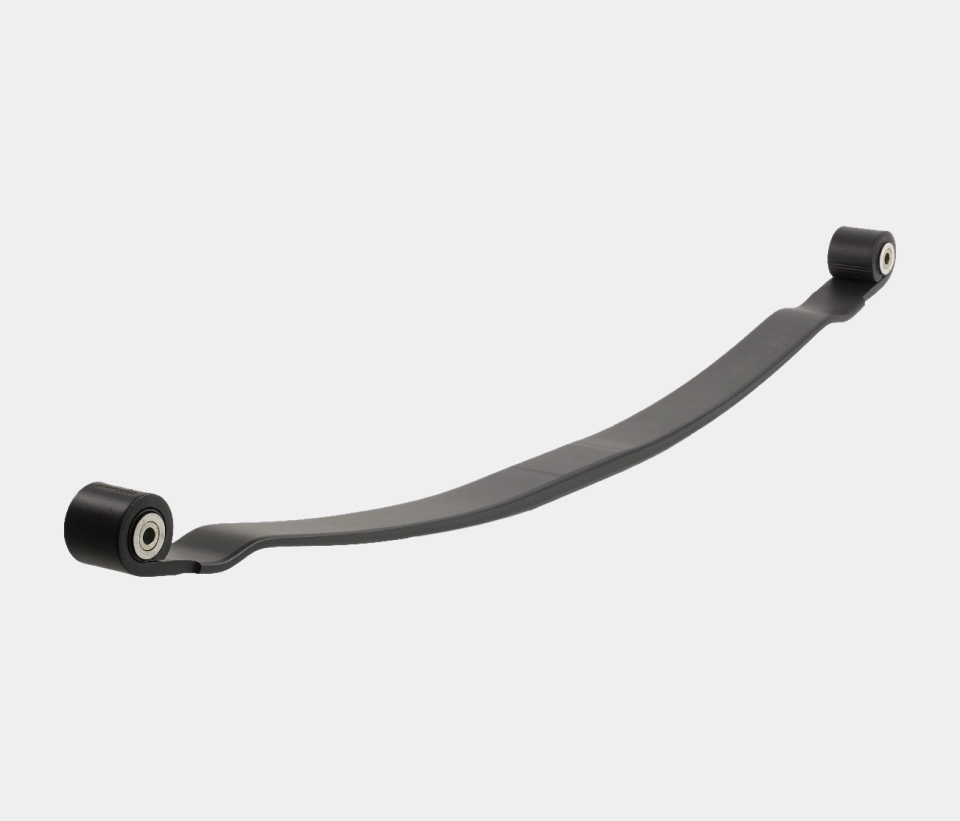Parabolic springs consist of one or more leaves. The leaves touch only in the middle, where they are fixed to the axle and at the outer ends, where they are fixed to the vehicle. They do not touch each other in between those two points as they do with conventional leaf springs. Each leaf represents a complete spring in itself and will act as the same.To enable this, the leaf is tapered, from centre to the outer end. This parabolic rolling process means that every centimetre (or inch) the thickness of the leaf decreases in an amount that relates to the square function of its length.
Today, the parabolic spring is a bestseller and is used in most commercial vehicles. This is understandable as the easy assembly of springs leads to an almost perfect fitting accuracy with enhanced travelling comfort and more importantly a longer life cycle. The reason for a longer life is that when the springs are rolled out in the parabolic mill, they vary in thickness in turn leading to an even distribution of stress. Although parabolic springs are designed lighter and thinner than traditional multi-leaf springs they possess an improved durability and resistance. This weight reduction of approx. 35% considerably reduces the weight of the vehicle to which they are mounted. And, this in turn, reduces fuel consumption of the vehicle which compensates for the higher production costs of the spring.
As markets around the world are turning to parabolic springs, we have imported and commissioned a completely mechanized/automated parabolic rolling machine with a controlled automated end heating furnace and edge correction facility that can handle multiple reductions. This complete process is CNC controlled for precision and all its operations are managed by highly qualified engineers.
